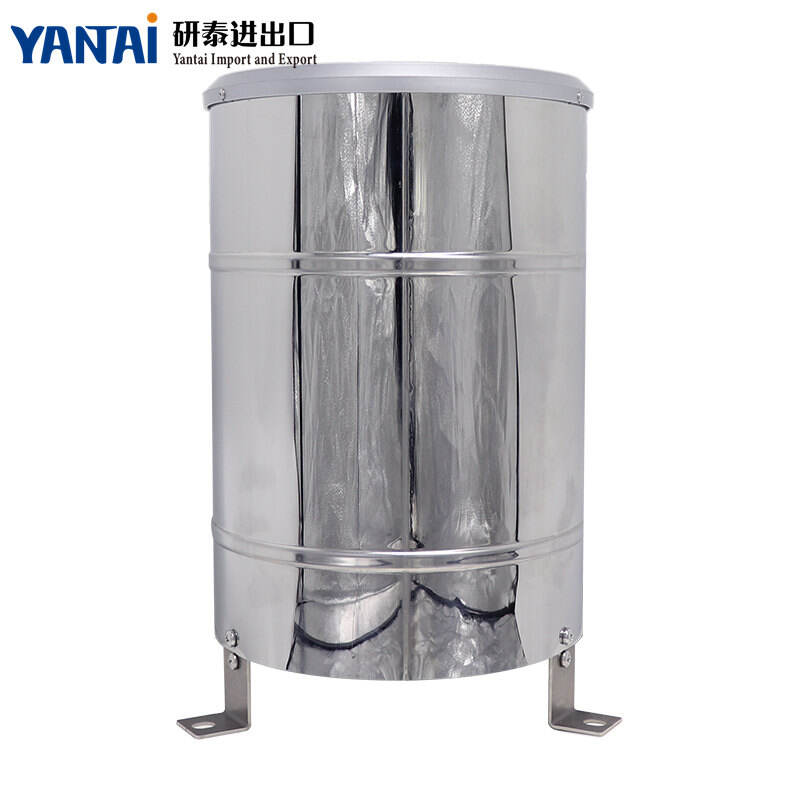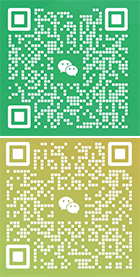Today, let's explore what features define the best rain gauge.
In the digital age, rain gauges are essential tools for farmers, meteorologists, and other professionals. But what kind of rain gauge can be considered the best?
Through research, we have identified several key features that a high-quality rain gauge should possess.
Precision and Reliability of the Rain Gauge
A high-quality rain gauge should provide accurate rainfall measurements and perform reliably under various weather conditions. This requires a rain gauge with high-precision sensors that minimize errors and ensure accurate readings.
Recommended Rain Gauge
The Yantai tipping bucket rain gauge is known for its reliable accuracy. When the rainfall is less than or equal to 10 millimeters, the measurement error is ±0.4 millimeters; for rainfall greater than 10 millimeters, the measurement error is ±4% of the actual precipitation amount.
Durability of the Rain Gauge
Rain gauges are typically placed outdoors, so they must be corrosion-resistant and weatherproof to withstand harsh environmental conditions such as heavy rain, snow, and wind.
Recommended Rain Gauge
The Yantai optical rain gauge can function in environments ranging from -40°C to 60°C, capable of enduring extreme weather conditions without the need for maintenance.
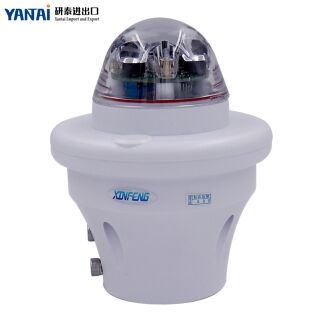
Automation Features of the Rain Gauge
Some advanced rain gauges come with automatic data logging and transmission features, allowing for real-time monitoring and reporting of precipitation levels, eliminating the need for manual recording.
Currently, most rain gauges, including Yantai tipping bucket, piezoelectric, and optical rain gauges, come with automated data logging and transmission capabilities, enabling you to view rainfall data on your smartphone or computer.
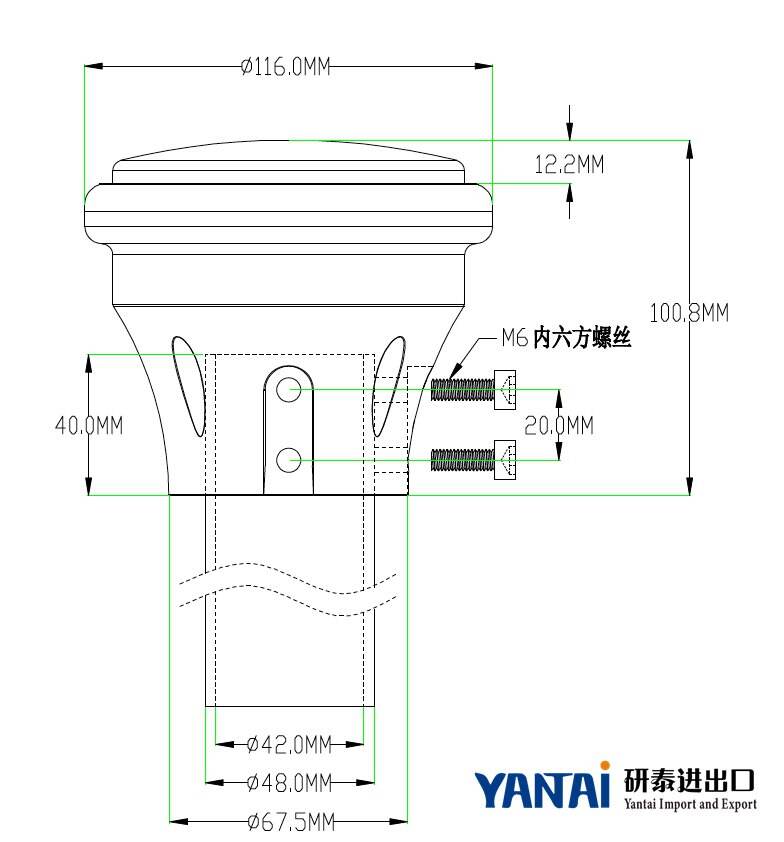
Ease of Installation and Maintenance
The rain gauge should be easy to install and maintain. The installation process should be straightforward, ideally with clear instructions or illustrations provided. Additionally, the cleaning and maintenance of the device should be convenient to ensure long-term accuracy and stability.
For instance, both Yantai optical and piezoelectric rain gauges are maintenance-free, which significantly reduces the burden of upkeep.
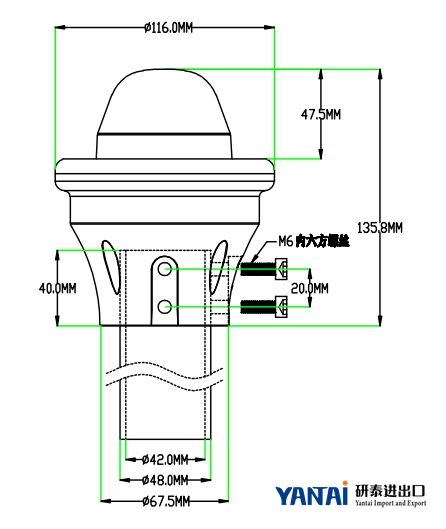
Compatibility and Expandability of the Rain Gauge
For research or specialized agricultural use, it is beneficial if the rain gauge is compatible with other meteorological instruments (such as thermometers, anemometers, etc.) and can integrate with data analysis software.
Fortunately, most rain gauges on the market today are compatible with other sensors and can upload data to platforms for integration. This makes data management much easier and more efficient.
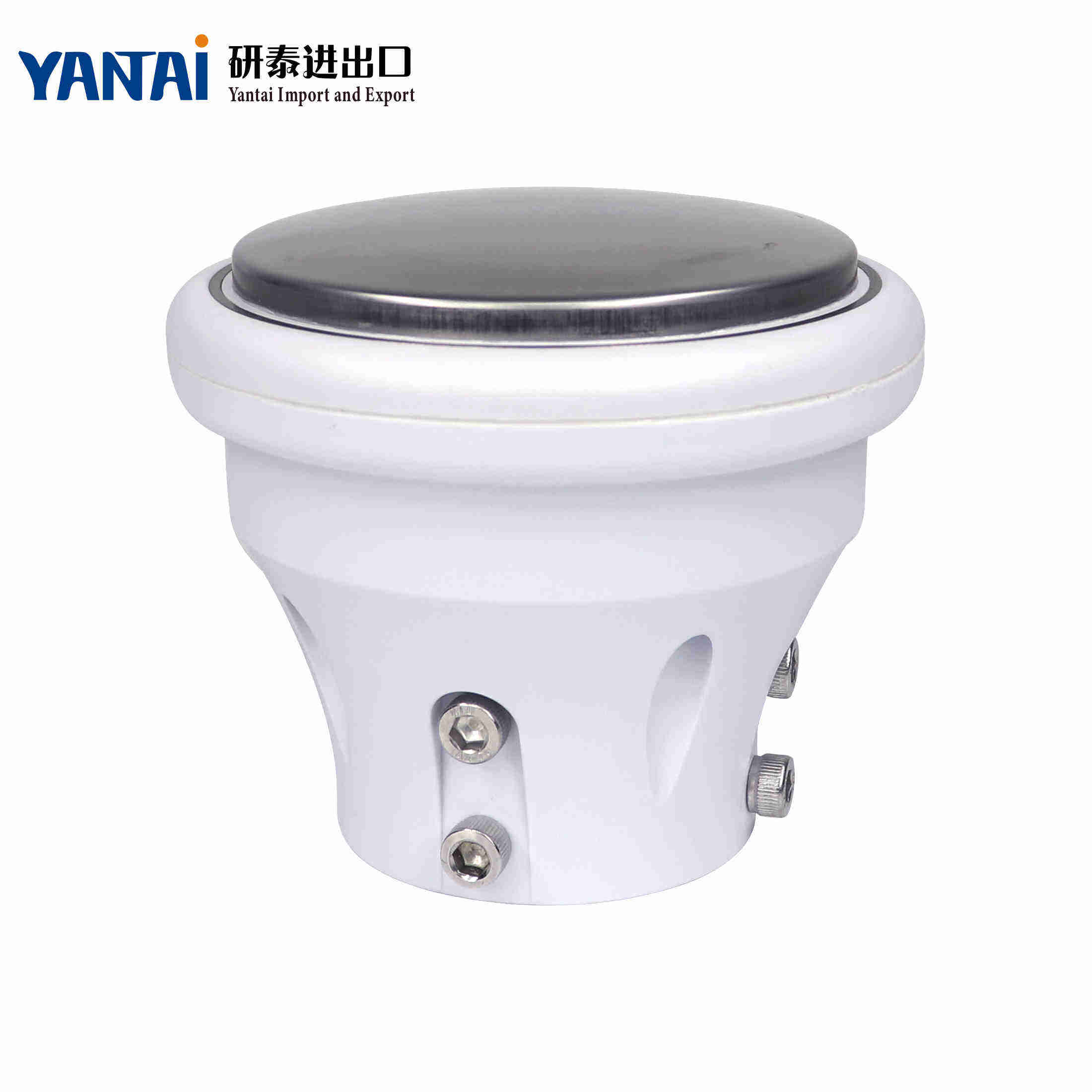
Price and Cost-Effectiveness
High-quality rain gauges are often more expensive, but the key is to balance cost with actual needs. The most expensive rain gauge may not necessarily be the best for your requirements, so you should opt for a model that meets your measurement needs and provides great value for money.
For agricultural use, consider a tipping bucket rain gauge. It provides accurate measurements at a more affordable price compared to some high-end models.
Of course, if you're looking for an all-in-one meteorological instrument that can monitor temperature, humidity, wind speed, wind direction, barometric pressure, light intensity, and rainfall, you might want to consider the Yantai HCD6819 multi-function agricultural weather sensor. This compact and convenient weather station makes monitoring a breeze.
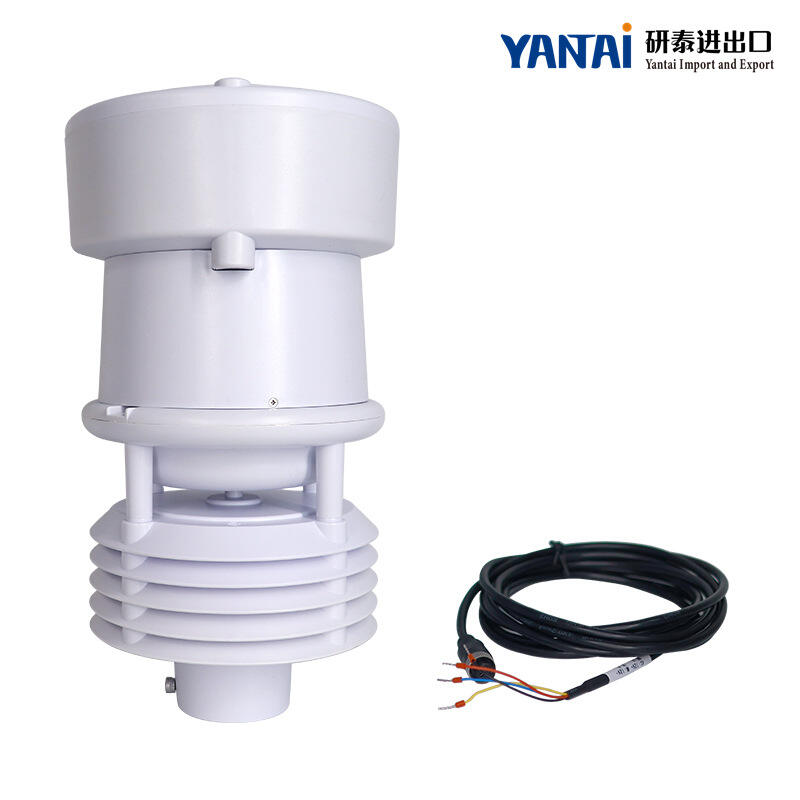
In conclusion, a high-quality rain gauge doesn't always mean it's the best choice for you. Cost-effectiveness is the key.
If you're interested in any of the products mentioned in this article, feel free to contact us!
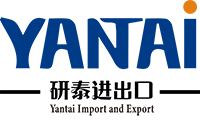
 EN
EN
 AR
AR
 BG
BG
 HR
HR
 FR
FR
 JA
JA
 KO
KO
 PT
PT
 RU
RU
 ES
ES
 ID
ID
 VI
VI
 TH
TH
